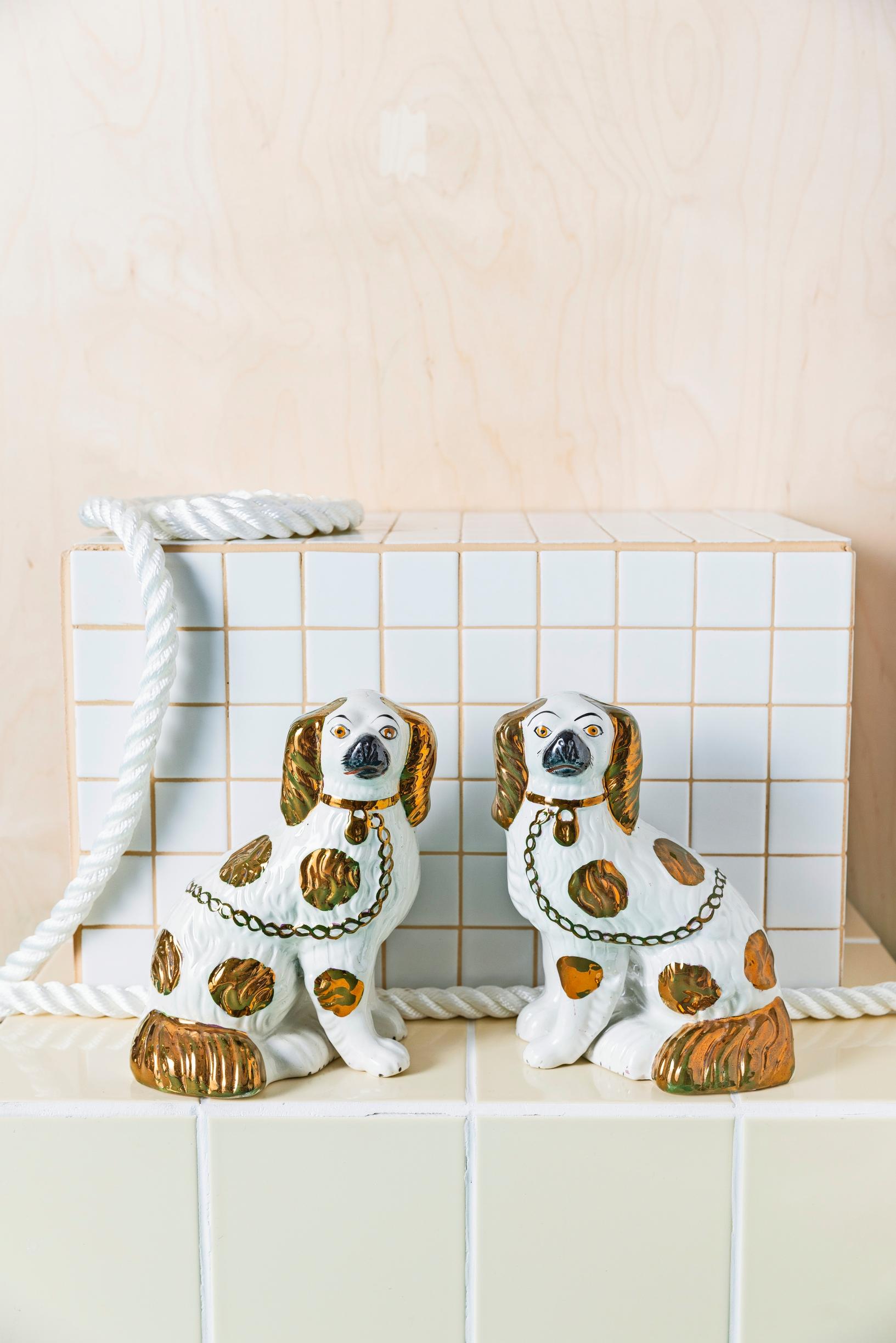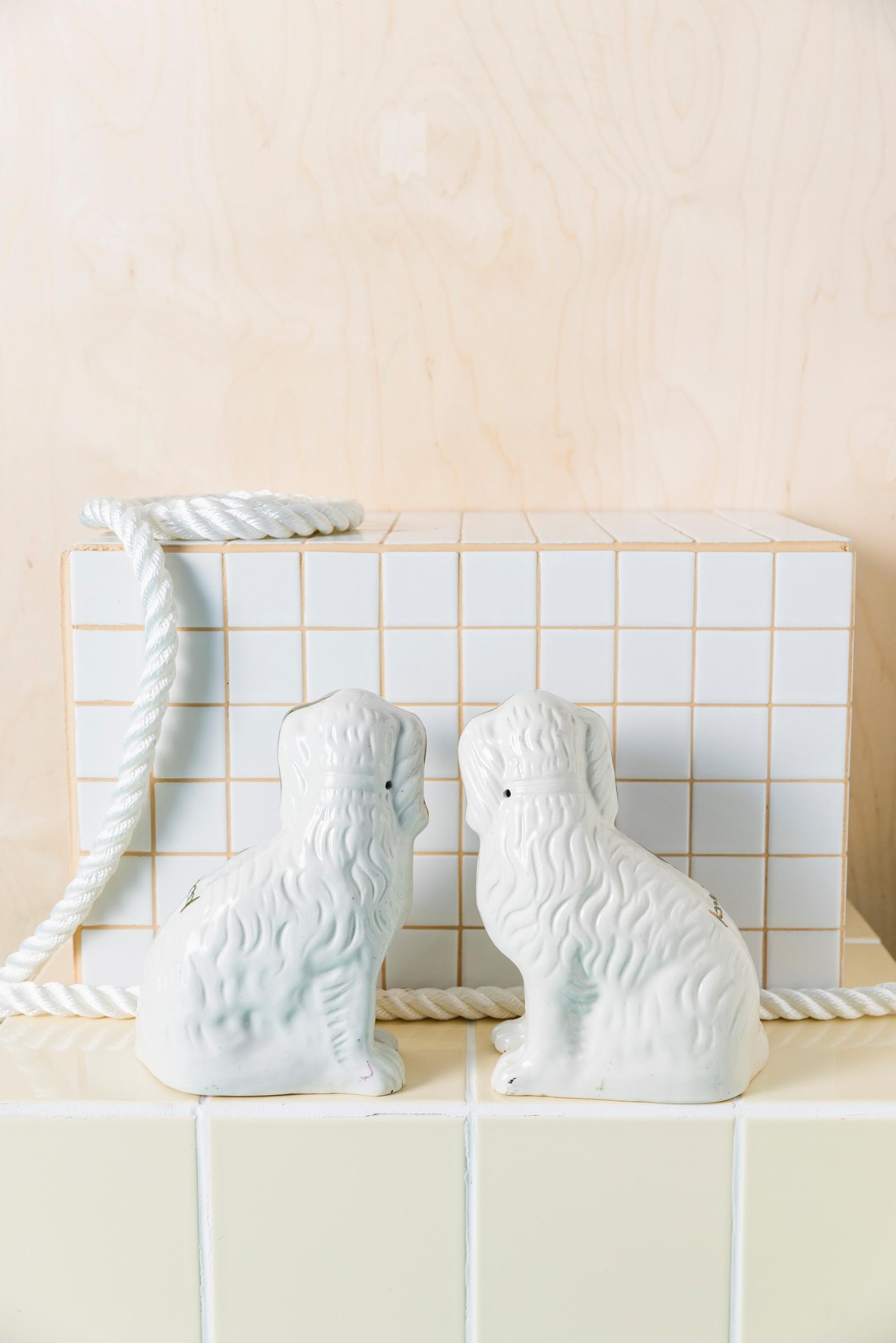These dogs don’t bark—they whisper! How Staffordshire dog figurines once conveyed secret messages in Finnish coastal towns
In the 19th century, Finnish sailors brought so-called Staffordshire dogs home from England as souvenirs, and their wives soon turned them into a bold means of communication. But why were the figures flat and undecorated at the back?
In Finland’s coastal towns—where seafaring once meant everything—you can still spot porcelain dog pairs on windowsills. Sailors brought them home from England as souvenirs in the latter half of the 19th century.
Similar but never identical mirror-image dogs gazed out the window if the sailor was at sea, and turned inward if he had returned home. Legend has it that the pose also signaled a clandestine lover when the lady of the house was alone—the coast is clear, come on in!

Staffordshire dogs are Cavalier King Charles Spaniels, the favorite dog breed of Britain’s monarch, Queen Victoria (1819–1901). Staffordshire is the center of England’s ceramics industry, where the dogs were made in the 19th century. They were inspired by the Chinese, lion-like Foo porcelain dogs that English sailors brought home.
The dogs were originally designed to sit on a narrow mantelpiece, so they had to be flat at the back. Because the ornaments were viewed only from the front, the back was left undecorated.



